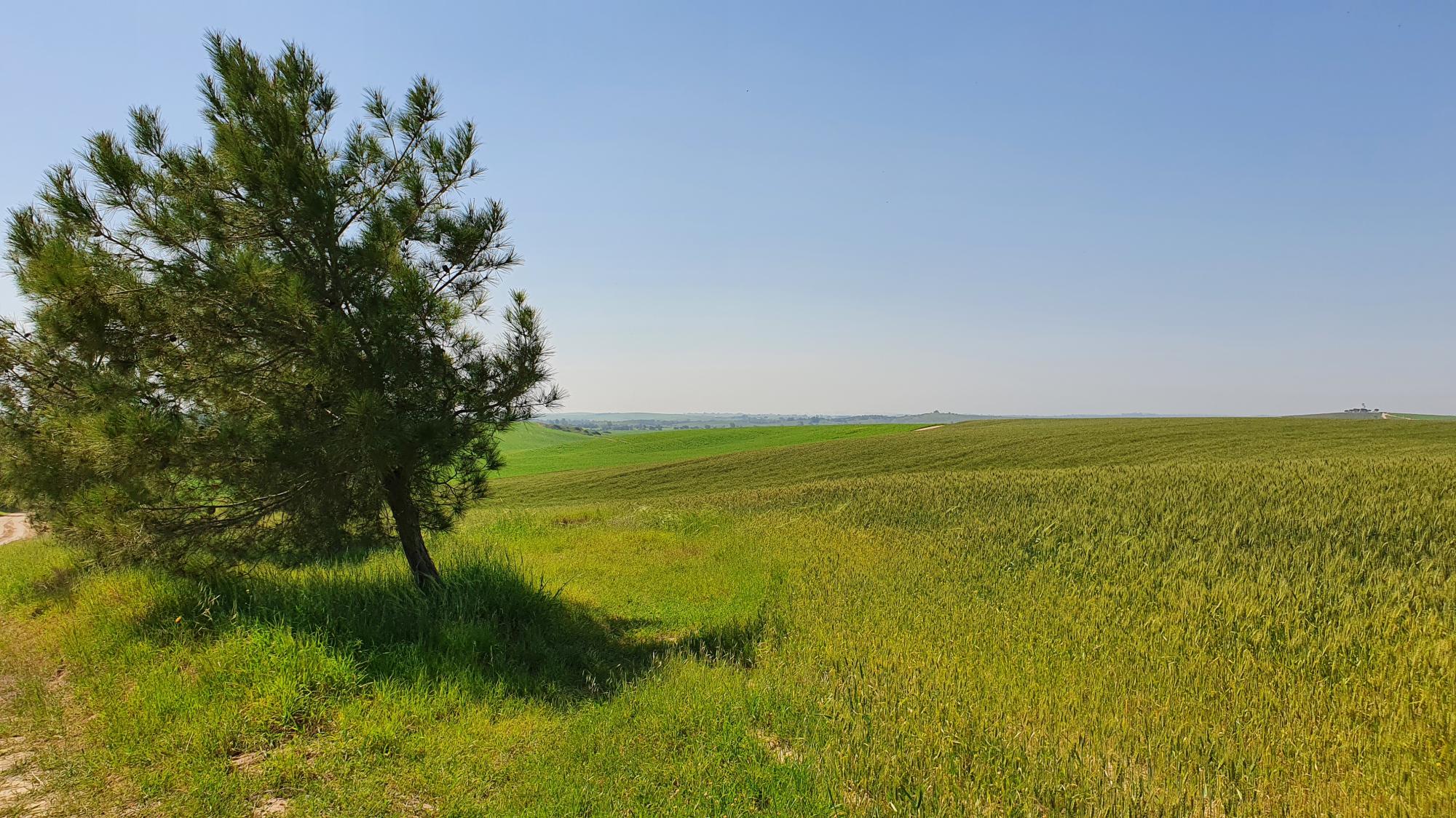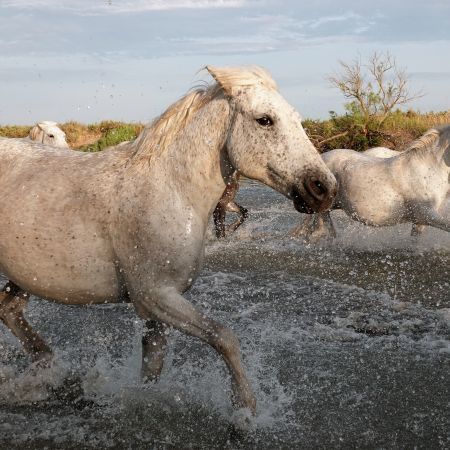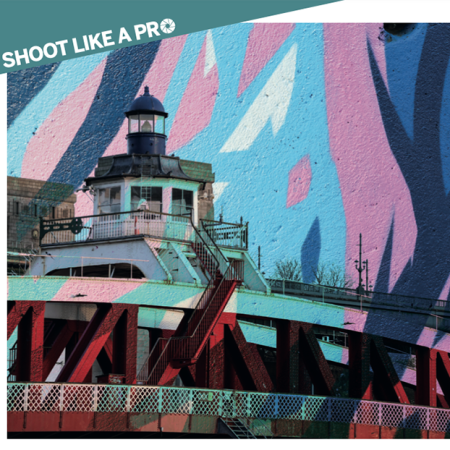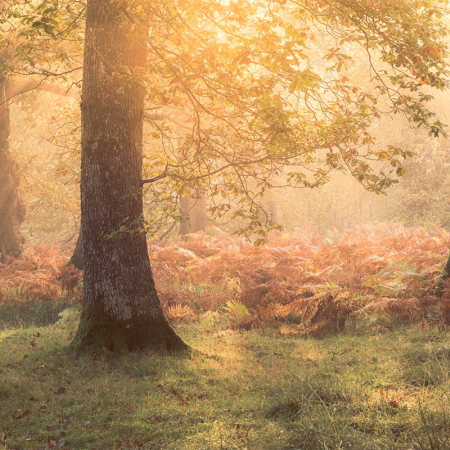Light & Land
5 Beginner Photography Mistakes to Avoid
25th August 2021
By James Miller
Photography can be a great adventure with seemingly endless possibilities. It also has a steep learning curve. There is no shortage of things that can trip up anyone starting out.
It can feel a little daunting picking up a camera when you are new to photography. There are a lot of elements to gain control of. Both, in the camera and the scene in front of the camera.
Great photographs happen when all the elements come together.
Here is a list of some common mistakes for beginners to watch out for. Some require work to fix and others are about changing your approach.
1. Not understanding the camera settings

It might be tempting to skip over studying the details and rush into just taking pictures. Shooting in auto mode probably feels safe and reliable.
To venture out of auto mode you need to learn the basic principles of photography.
The key lesson here is to understand the three elements which go into achieving a correct exposure. That is ISO, aperture and shutter speed.
The next step is to get familiar with how to control each setting on your camera. Make sure you can also read and interpret the exposure information and various meters and graphs your camera displays.
When you have a solid grasp on what is going on, you can manipulate the elements to get your desired results. Change one setting and you need to change at least one other to maintain the correct exposure. And, each change will also effect some aesthetic qualities of the picture, beyond exposure.
Knowing all these details is what gives you creative control.
Even if you are starting out with a point and shoot camera, you may find you can control more than you think. Read the manual, and see what options are available.
Then, practice by taking images and observing the effects of different settings.
2. Not thinking about composition
Attention to composition is critical to achieving great photographic images.
It can be common for beginners to simply put the subject within the frame and shoot.
Learning to see all of the different elements being captured takes time. To see the shapes and tones, and understand how they work as an overall composition.
Start simple. Remove messy and distracting elements from the frame. Avoid slapping your subject right in the middle of every shot.

There are quite a few rules and guidelines which you can use to create more interesting and pleasing compositions.
If you are not familiar with composition, then start by reading some articles.
3. Blurry photos
There is nothing more disappointing than thinking you have a great shot, only to find it is blurry when you look at it full size. There are two main reasons this happens.
The first is poor focussing. The second is movement. Beginning photographers can get caught out on both accounts.
Incorrect focus is a very common mistake. Not just beginners, but photographers at all levels can get this wrong from time to time.
Each camera’s autofocus system has slightly different controls and options. Typically, there are multiple autofocus modes, so read up, learn how to control the focus points, and know when to select each option. Experiment to get a feel for exactly what works best for your camera.
For any kind of portrait photography, the key is to focus on the eye closest to the camera.
Don’t be scared of manual focussing. It can sometimes be faster and the preferred option. Start by getting acquainted with depth of field.
Blur can come from the movement of either the camera or the subject.
Sometimes beginners don’t realize their shutter speed is too slow. Is the subject moving too fast? Can you hold still?
Make sure you understand when it is necessary to use a tripod. Get this wrong and you may waste an entire shooting session on blurry images.
Camera shake can happen when a photographer has not yet learned to stabilize themselves properly whilst shooting. Keep your elbows tight to your body. Breathe out first, then gently squeeze the shutter.
Select a shutter speed of at least 1/60 second when shooting handheld. The chance of camera movement also increases as the focal length of the lens goes up. If you zoom in, select a faster shutter speed to match.
4. Taking only the most obvious or easy shots
A common beginner approach is to photograph a large number of various things. See something, stop where you are, shoot a few frames, then move on. This happens a lot with street photography or travel images.
Don’t be satisfied with the first view you see. Slow down and look further.
Ask yourself what is the best way to photograph the subject in front of you. Think about different angles and whether it suits a vertical or a horizontal frame. Should you come back when the lighting is different?

Slowing down also gives you the time to walk around, move closer. Simplify what is in the frame.
You may also see other related opportunities you can shoot nearby. This helps you build a small series, or allows you to develop a story.
Now don’t get caught in another beginner trap and take dozens and dozens of almost identical images. Taking your time will also give you more confidence you have the shot with less exposures.
5. Focusing too much on camera gear
There is definitely some camera gear that is technically better than others. Some lenses are going to be a better choice to do specific jobs well. And, it is true that some camera systems will produce larger images, or maintain top performance under more extreme situations.
Don’t confuse this with thinking you can only take good photographs when you have the latest or greatest camera gear.
The basic principles of photography apply equally regardless of the camera you use. Focus on your creative skills and knowledge of camera settings first.
What matters most when you are starting out with photography, is to get out and experiment. Photography is a craft, and it requires practice.
Be intentional with what you are doing. Make mistakes. Learn what went wrong and improve.










